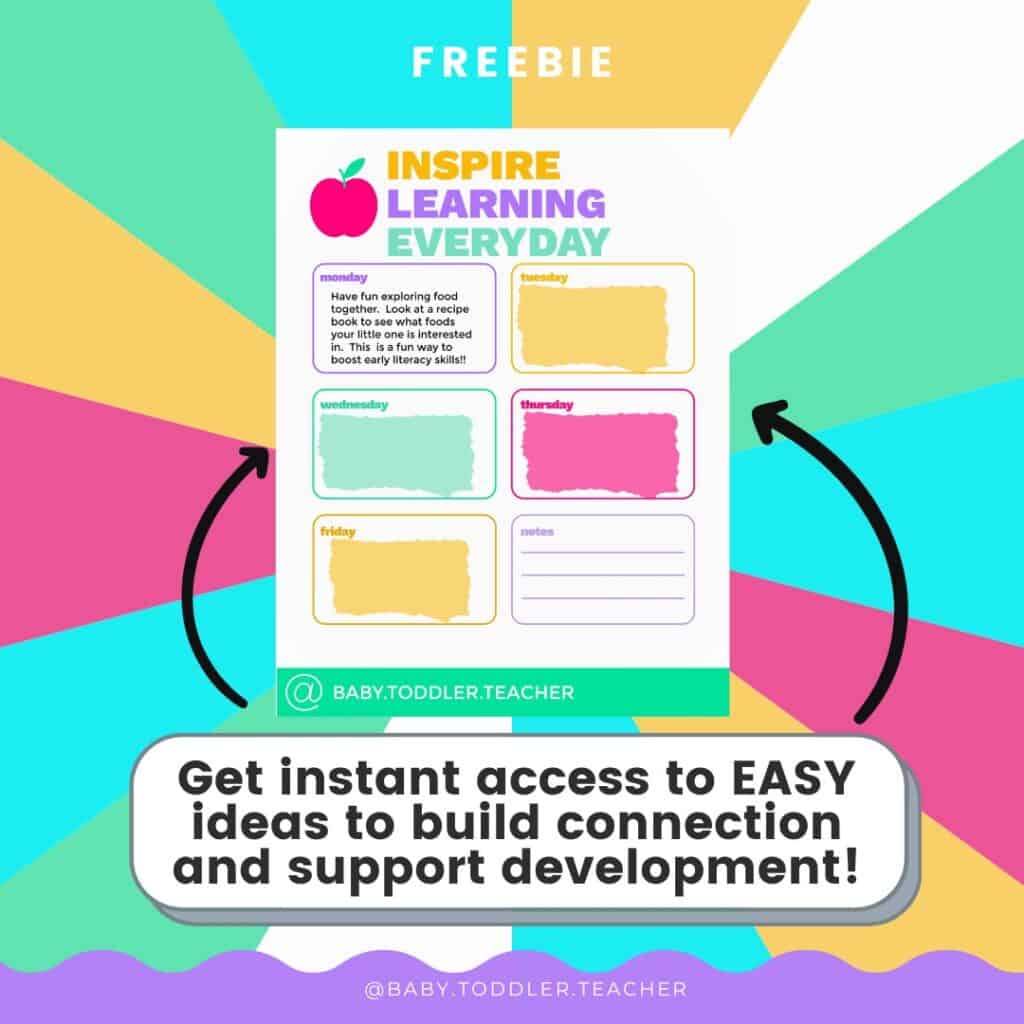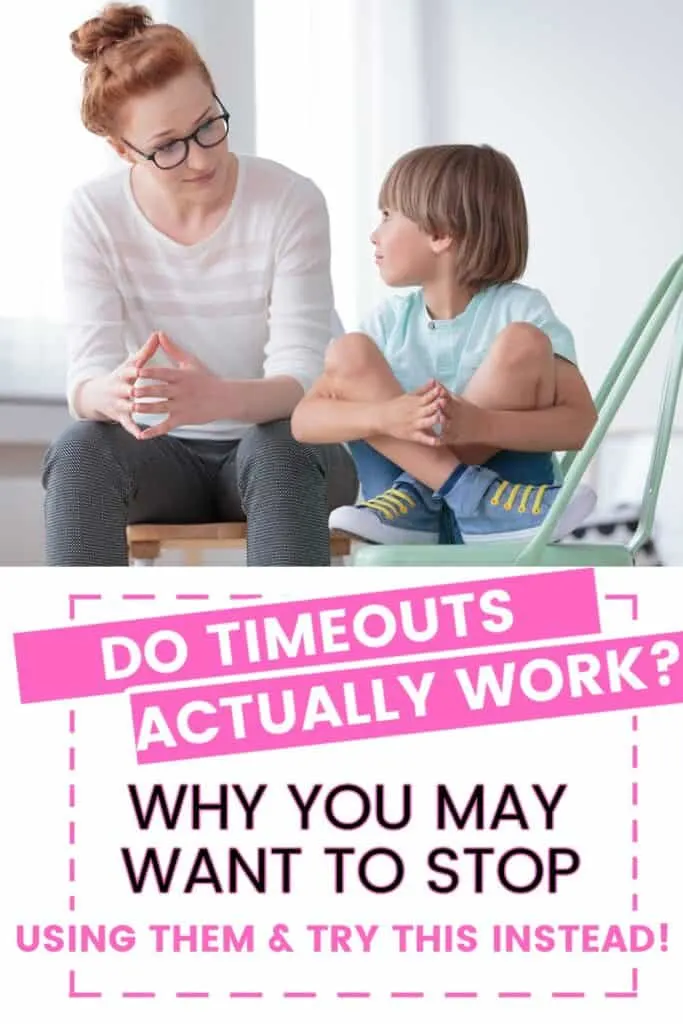
During my time in college, the strategy of using timeouts was extensively taught and promoted as an effective method for classroom management.
The premise was simple: when a student misbehaves, removing them from the situation allows for a moment of reflection and ideally, a reduction in the undesirable behavior.
However, now, wearing the dual hats of a parent and an early intervention professional, my perspective on time-outs has significantly shifted.
The inherent flaw of time-outs, as I see it, lies in its focus on punishment rather than learning.
Instead of equipping the child with better-coping mechanisms or addressing the root cause of the behavior, time-outs essentially isolate them at a vulnerable moment.
This can accidentally send a message that their feelings are not valid.
As an early intervention specialist, I advocate strategies that promote understanding and communication which I believe to be far more effective in enhancing a child’s emotional development and behavior management.
Have you heard of timeouts?
Time-outs are a common disciplinary strategy used by parents, caregivers, and teachers to manage children’s behavior.
The concept involves temporarily isolating or removing a child from an environment where inappropriate behavior has occurred.
The goal is to interrupt and discourage such behavior, giving the child time to calm down and reflect on their actions.
This technique is typically employed by adults dealing with young children both at home and in school settings.
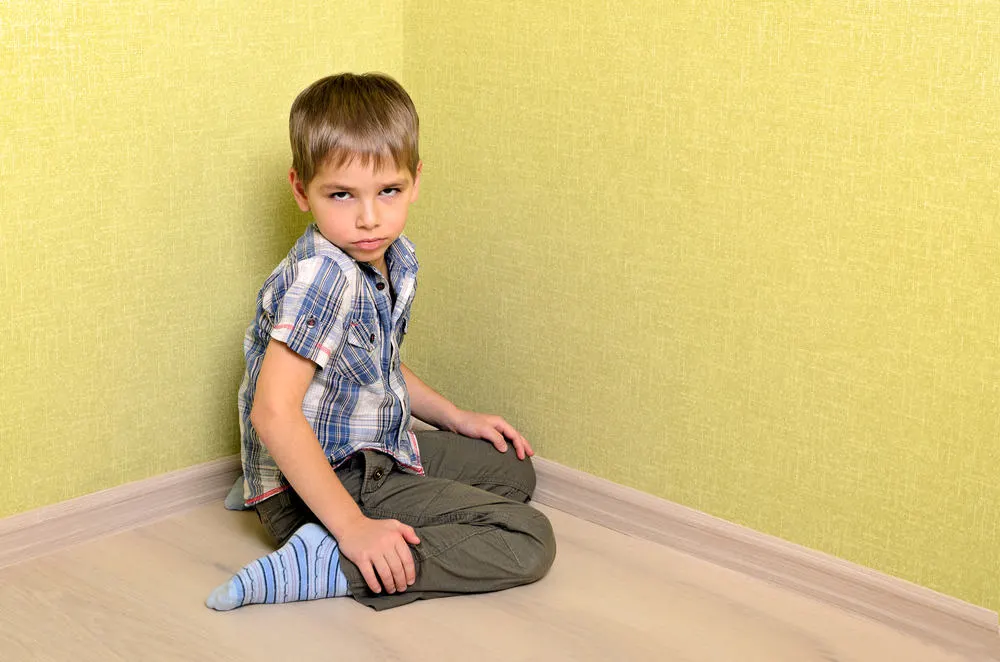
Do time-outs stop bad behavior?
While timeouts may show immediate effectiveness by momentarily halting undesirable behavior, their long-term efficacy is a topic of ongoing debate among child psychologists and educators.
In the short term, the removal of a child from a situation indeed interrupts their behavior.
However, long-term reliance on this method may lead to unintended consequences.
The child could potentially develop feelings of rejection or resentment, and may not learn the appropriate behavior or the underlying reasons why their initial behavior was unacceptable.
Therefore, while timeouts may provide a quick-fix solution, they are not necessarily the most effective strategy for long-term behavioral management and emotional development.
Alternatives to Time Out
While time-outs may seem like a straightforward solution to manage child behavior, they might not always be the most effective or beneficial approach in the long run.
Instead, several alternative strategies may yield better results in terms of both behavior management and the child’s emotional development.
These alternatives can promote open communication, foster understanding, and encourage children to learn from their mistakes, while also minimizing feelings of rejection or resentment that could potentially arise from time-outs.
Hence, it’s worth exploring these alternatives to time-outs for a more holistic and effective approach to child discipline.
Using a Time Ins Instead
The concept of a “Time-In” is an effective alternative to the traditional time-out.
Rather than isolating the child, a Time-In involves accompanying the child during their moment of distress or behavioral struggle.
In practice, a Time-In might involve inviting the child to sit with you in a designated quiet spot, where both of you can talk about the triggering incident.
Here, the focus is on understanding the emotions that led to the behavior, validating their feelings, modeling the appropriate response, and teaching them coping mechanisms.
This method promotes emotional intelligence, a sense of security and an open line of communication, aiding long-term behavioral management and emotional development without invoking feelings of rejection.
Focus on Teaching New Skills Rather than Consequences
Focusing on teaching your child new skills, rather than imposing consequences when your child misbehaves, can be a more beneficial approach in the long run.
This technique, sometimes referred to as ‘skill-building’, involves identifying the skills a child needs to handle challenging situations more effectively.
When a child struggles with certain behaviors, rather than imposing a time-out, parents or caregivers can treat the situation as a learning opportunity.
For example, if your child struggles with sharing, instead of issuing a time-out when they refuse to share, you could engage them in activities that promote understanding of sharing and its benefits.
Over time, this helps the child to develop the skills necessary to navigate similar situations in the future, fostering their emotional intelligence and resilience.
This approach not only addresses the root cause of the behavior but also equips the child with the tools they need to manage their emotions and reactions more effectively.
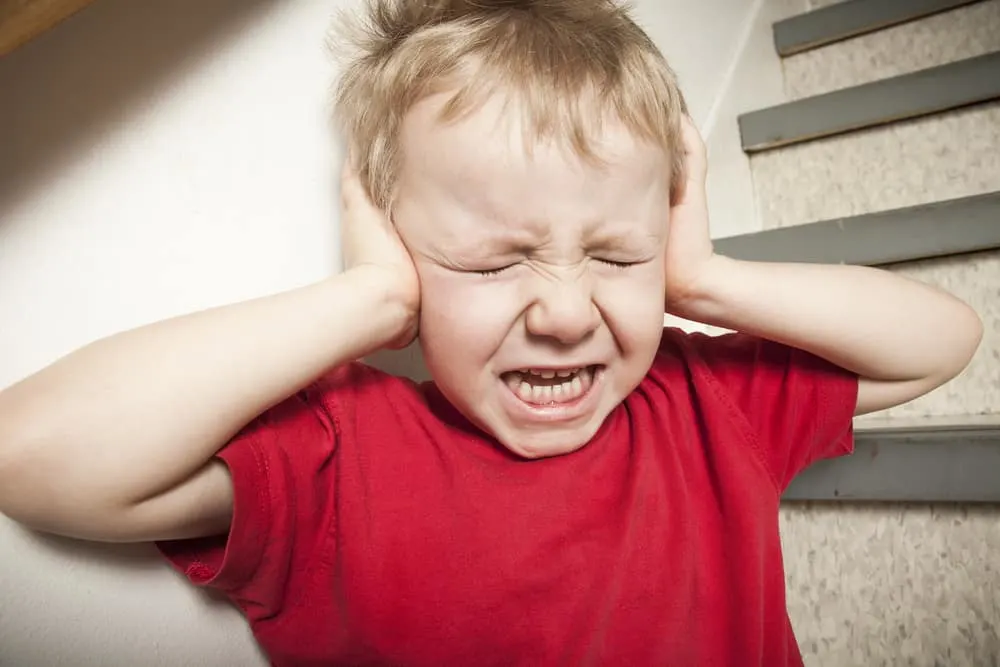
There is Nothing Wrong with Big Emotions
Often, many parents send kids to time-outs not for acts of defiance or disobedience, but for expressing ‘big’ emotions that they may struggle to regulate.
Emotional dysregulation is a natural part of child development, where children are still learning to control their reactions and responses to emotional stimuli.
The experience of overwhelming emotions can be confusing and frustrating for young children, leading to outbursts or ‘misbehavior’ that may prompt adults to resort to time-outs.
However, it’s important to remember that such situations are opportunities for teaching emotional regulation, rather than moments warranting punishment.
Instead of sending children to time-outs, we should remain calm and help them navigate their emotions.
By validating their feelings and guiding them through the process, we can help children understand their emotions and learn how to manage them effectively.
This approach encourages emotional growth, empathy, and self-awareness, offering a more nurturing and beneficial response to children’s emotional struggles compared to the isolation of time-outs.
Have Developmental Appropriate Expectations When it Comes to Your Child’s Behavior
Having developmentally appropriate expectations for your child’s behavior is crucial as children are still in the process of learning and maturing.
It is important to understand that children’s cognitive, emotional, and social development varies at each stage, and their behavior reflects their understanding and ability to cope with the world around them.
Expecting behaviors beyond their developmental capability can lead to frustration and may inadvertently place undue stress on the child.
Instead, understanding and aligning our expectations with their developmental milestones can contribute to a more supportive and empathetic environment.
This fosters self-confidence in children and helps them navigate their emotional responses in a healthier manner.
Moreover, it promotes positive behavior and aids in their overall emotional and social development.
Why are time outs not developmentally appropriate?
Time-outs are not developmentally appropriate for young children primarily because they fail to address the root causes of misbehavior.
Young children are still in the process of learning to understand and regulate their emotions.
Instead of teaching them to manage their feelings effectively, time-outs often cause confusion and can exacerbate feelings of anxiety and isolation.
Moreover, at a developmental stage where empathy, interpersonal skills, and emotional intelligence are just beginning to form, time-outs do not provide the opportunities for learning and growth that constructive communication, guidance, and understanding can.
The implication that they should suppress rather than express their emotions may also stifle their emotional development, leading to potential difficulties in emotional regulation later in life.

Take a Pass on Timeouts and Try Positive Interactions Instead
In conclusion, while timeouts may deliver immediate effectiveness in interrupting undesirable behavior in children, they may not be the best long-term solution for behavioral management and emotional development.
Alternative strategies such as Time-Ins, skill-building, and teaching emotional regulation can foster open communication, understanding, and emotional intelligence in children.
These methods aim to address the root cause of the behavior and equip children with the skills to manage their emotions and reactions effectively.
Therefore, it’s crucial for parents, caregivers, and educators to consider these approaches for a more encompassing and beneficial response to children’s behavioral and emotional challenges.
I Would Love to Hear Your Thoughts
I invite you to join the conversation on this important topic.
Please head over to our Facebook page and share your experiences and thoughts on the use of time-outs.
Whether you’re a parent, educator, or caregiver, your insights could prove invaluable to others navigating these challenging aspects of child rearing.
Your perspective matters to me, and I look forward to reading your comments!
Frequently Asked Questions about Using Time Out
While timeouts can be effective in certain circumstances for quick behavior interruption, they may not address underlying issues or help children learn how to handle similar situations in the future. Instead, alternative approaches such as Time-Ins, skill-building, and teaching emotional regulation can offer more holistic and lasting solutions. These methods encourage open communication, enhance emotional intelligence, and equip children with the essential skills to manage their reactions effectively. Therefore, it’s worth considering these approaches before resorting to timeouts.
Timeouts are often not effective because they do not address the root cause of the behavior. Instead, they serve as a form of punishment that may suppress the behavior temporarily but do not provide a long-term solution. The child may not understand why they are being isolated, leading to feelings of resentment and confusion. Furthermore, timeouts do not equip the child with the necessary tools to manage their emotions or handle similar situations in the future effectively. They miss out on the opportunity to learn from the situation and develop coping mechanisms. In some cases, timeouts may even reinforce negative behavior if the child perceives the timeout as an escape from an undesirable situation. Therefore, while timeouts may seem like a quick fix, their effectiveness is typically short-lived and can potentially create other behavioral problems in the long run.

Grab your FREE Milestone Guide HERE.
Related Posts You Will Enjoy
Signs your Child is Not Ready to Start Potty Training
Why is my toddler throwing things?
The Best Magazines for Toddlers
Why is my toddler waking up so early?
The Best Independent Toddler Activities
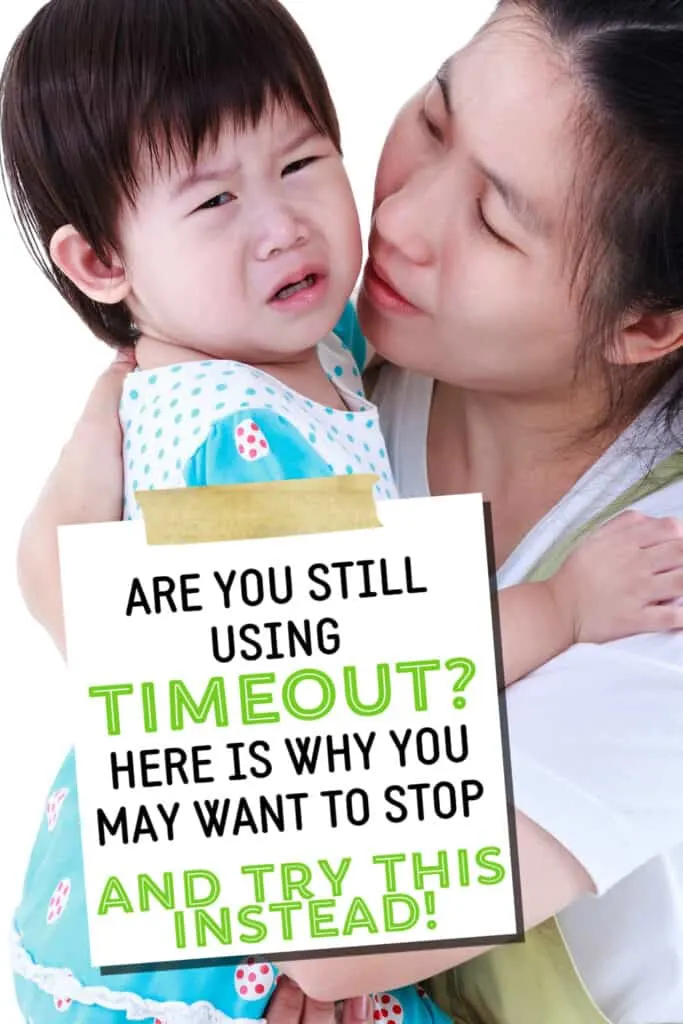

Kayla O’Neill has a master’s degree in education as well as a bachelor’s degree in special education with an emphasis in early childhood education. She has been working as a developmental therapist with babies and toddlers in early intervention since 2012. She is also a mom with two young children.
